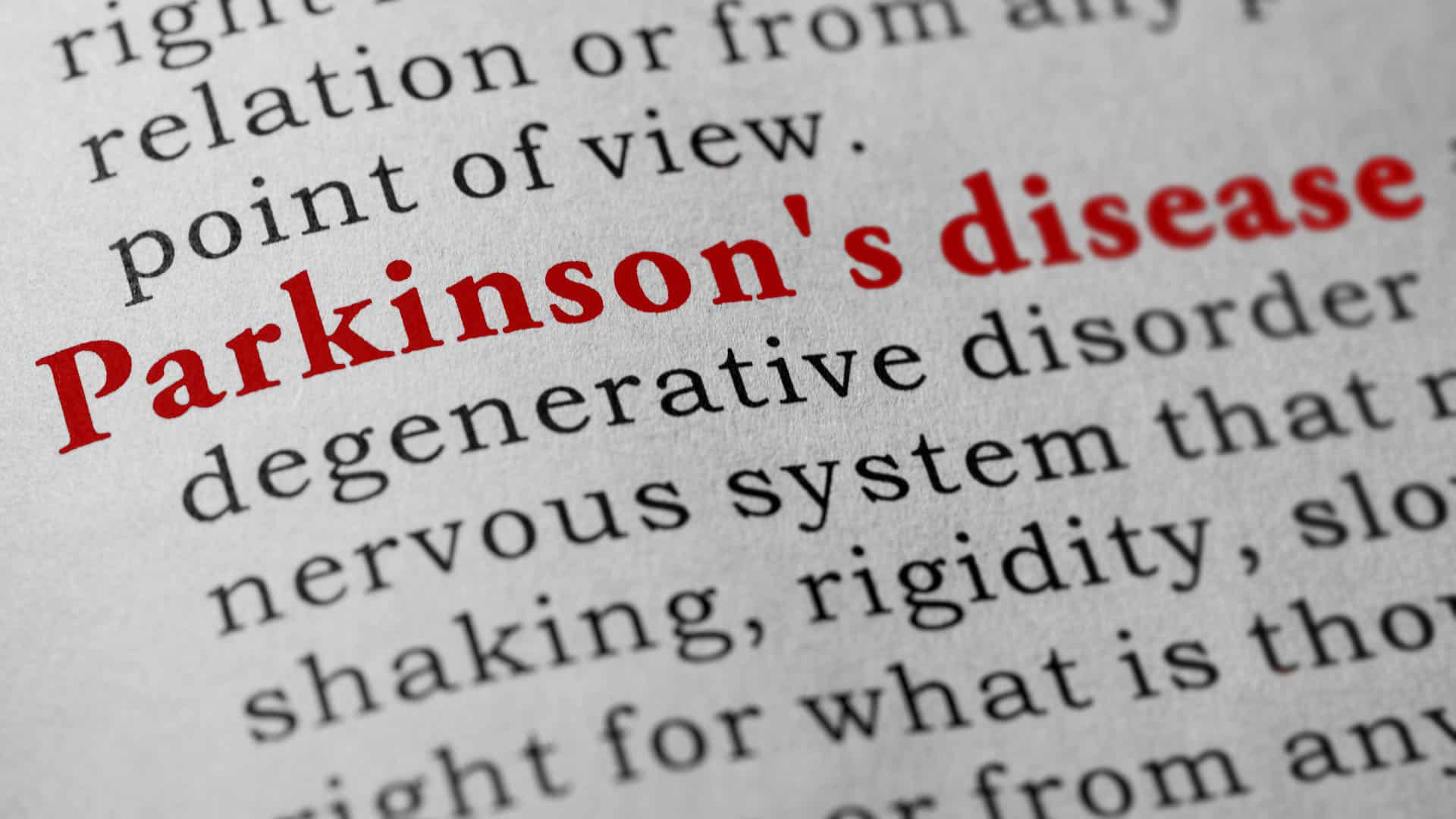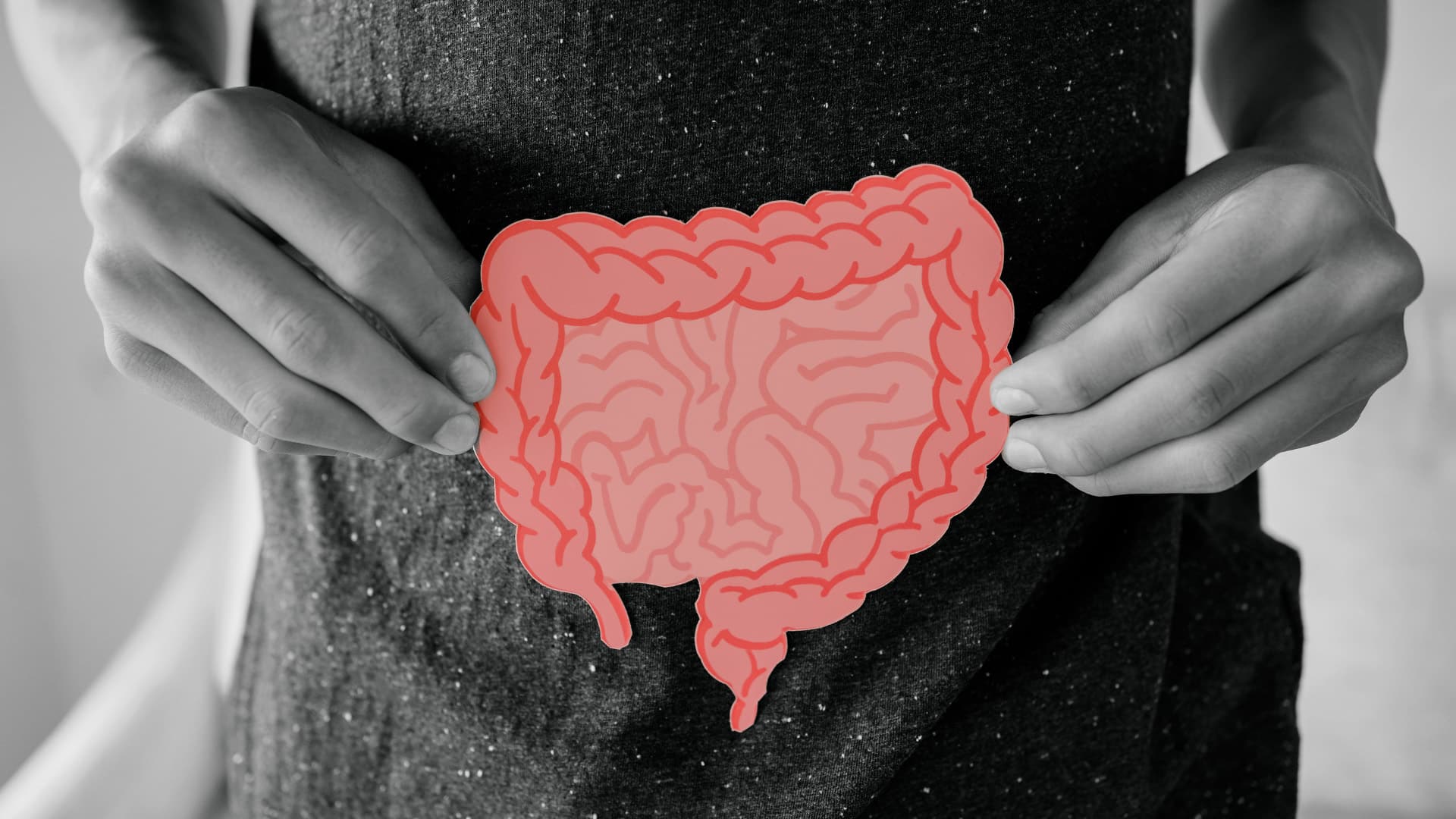Essential Vocabulary for New Parkinson’s Patients
Being diagnosed with Parkinson’s disease is overwhelming in and of itself. You’re probably going through lots of complicated emotions and have all kinds of questions and worries.
But you know what makes it worse? All of those strange-sounding words your doctor keeps using without stopping to explain what they mean. How can you be expected to navigate your treatment and manage your symptoms effectively if you don’t even understand the language your healthcare providers are using? It’s incredibly frustrating.
That’s why we created this guide to some of the most important vocabulary terms new Parkinson’s patients should know. Ready? Let’s go!
Parkinsonism
What It Means: This is a general term that refers to a group of neurological disorders that cause movement problems similar to those seen in Parkinson’s disease, such as tremors, slow movement, stiffness, and balance issues.
Why You Should Care: Parkinsonism includes Parkinson’s disease but also other conditions that might look similar but have different underlying causes and treatments. If you aren’t confident in your diagnosis, it might be worth getting a second opinion to make sure you aren’t really suffering from one of those other conditions.
Bradykinesia
What It Means: It’s another way of saying “slowness of movement,” which is a hallmark symptom of Parkinson’s disease.
Why You Should Care: Bradykinesia can make everyday tasks more challenging, such as buttoning a shirt or walking at a normal pace. Recognizing and discussing bradykinesia with your doctor is important for managing your symptoms.
Tremor
What It Means: You know what this is — even if you don’t recognize the term. This is the involuntary, rhythmic shaking of a body part — most commonly the hands — that has become shorthand as a way to show that someone has Parkinson’s in popular media. If your medical provider starts talking about “tremors,” this shaking is what they’re referring to.
Why You Should Care: Tremors are one of the most noticeable symptoms of Parkinson’s disease, and recognizing the term can help you discuss treatment options and lifestyle adjustments with your healthcare team.
Rigidity
What It Means: Rigidity refers to muscle stiffness or inflexibility that can occur in any part of your body.
Why You Should Care: Rigidity can cause discomfort and pain and may affect your ability to move freely. It’s another core symptom of Parkinson’s disease that needs to be managed effectively.
Postural Instability
What It Means: This is a hoity-toity way of talking about struggles that you might face with balance and coordination that can lead to falls.
Why You Should Care: “Falls” pretty much covers it — postural instability can be dangerous and increase your risk of injury. Understanding this term helps you recognize the importance of physical therapy and safety measures in your daily life that can help reduce the risk of injury if you do experience falls.
Dopamine
What It Means: You probably know dopamine as the “reward” or “pleasure” chemical that your brain releases to tell you that something good has happened, but it’s much more than that. Dopamine plays a key role in movement, mood, and numerous other important functions. Parkinson’s disease makes your brain produce less dopamine.
Why You Should Care: The loss of dopamine-producing neurons is the primary cause of Parkinson’s symptoms. Many Parkinson’s treatments aim to increase dopamine levels or mimic its effects to lessen the symptoms you experience.
Levodopa
What It Means: This is the most commonly prescribed medication for Parkinson’s disease. Why? Because your brain will convert it into dopamine, which we just talked about.
Why You Should Care: Levodopa is considered the gold standard for treating Parkinson’s symptoms, particularly bradykinesia and rigidity. Understanding how it works and its potential side effects is crucial for managing your treatment.
On/Off Phenomenon
What It Means: When someone says this, they’re talking about the fluctuation of symptoms where patients alternate between periods of good mobility (“on” times) and periods when symptoms return or worsen (“off” times).
Why You Should Care: Understanding this phenomenon and tracking it can help you and your doctor adjust the timing and dosage of your medication to better manage your symptoms.
Deep Brain Stimulation (DBS)
What It Means: It’s a surgical treatment for Parkinson’s disease that involves implanting electrodes in specific areas of the brain to help regulate abnormal impulses.
Why You Should Care: DBS is an option for patients who don’t respond well to medications. Knowing about this treatment can help you explore all available options with your healthcare provider.
Dyskinesia
What It Means: The word describes involuntary, often erratic movements that can result from long-term use of levodopa. Wait, wasn’t levodopa the gold standard in Parkinson’s medication? Yep. Essentially, dyskinesia can be a side effect of Parkinson’s treatment.
Why You Should Care: Hopefully this one is pretty obvious after reading the above. If you’re taking levodopa for Parkinson’s and start experiencing this side effect, understanding this term can help you discuss potential adjustments to your medication regimen with your doctor.
Motor Symptoms
What It Means: These are all of the varios symptoms related to movement, including tremors, bradykinesia, rigidity, and postural instability.
Why You Should Care: Motor symptoms are the most visible signs of Parkinson’s disease, and they are typically the focus of treatment and management strategies.
Non-Motor Symptoms
What It Means: The opposite of motor symptoms, these are symptoms of Parkinson’s disease that are not related to movement, such as depression, anxiety, sleep disorders, and cognitive changes.
Why You Should Care: Simple: non-motor symptoms can significantly impact your quality of life. Recognizing these symptoms and addressing them with your healthcare team is an important part of comprehensive care.
Neurologist
What It Means: A type of doctor who specializes in treating diseases of the nervous system, including Parkinson’s disease.
Why You Should Care: Your neurologist will be the primary specialist responsible for diagnosing and managing your Parkinson’s disease. Building a strong relationship with this doctor is key to effective treatment.
Care Partner/Caregiver
What It Means: No one should have to go through Parkinson’s on their own. A care partner or caregiver is a person — often a family member or friend — who can help with your daily care and support.
Why You Should Care: Your care partners will play a crucial role in helping you manage Parkinson’s, providing both practical help and emotional support. Understanding this term can help you identify and communicate with those who are part of your care team.
Remember, knowledge is power. The more you know, the better you can manage your Parkinson’s disease.
Two-Finger Test
What It Means: The Two-Finger Test is a simple way to assess the rigidity in your muscles, where a doctor presses on two fingers to see if your muscles resist movement.
Why You Should Care: This test is often part of a Parkinson’s diagnosis. Knowing about it can help you understand the process and what to expect during neurological exams.
Substantia Nigra
What It Means: The Substantia Nigra is a region of the brain that plays a key role in movement control. It’s where the dopamine-producing cells that are affected in Parkinson’s Disease are located.
Why You Should Care: Damage to the Substantia Nigra is what leads to the hallmark symptoms of Parkinson’s. Knowing this can help you understand the biological basis of the disease and why certain treatments are aimed at boosting dopamine levels.
Neurodegenerative
What It Means: Neurodegenerative refers to the gradual loss of structure or function of neurons, including their death, which occurs in diseases like Parkinson’s.
Why You Should Care: Parkinson’s is a neurodegenerative disease, meaning it gets worse over time. Recognizing this can help you and your care team prepare for future changes and plan long-term care strategies.
Parkinsonian Gait
What It Means: Parkinsonian Gait is a distinctive way of walking seen in Parkinson’s Disease, characterized by a shuffling stride, reduced arm swing, and difficulty starting or stopping movement.
Why You Should Care: Changes in gait can increase the risk of falls and make it difficult to get around. Understanding this symptom can help you take steps to improve your mobility and safety.
Freezing of Gait
What It Means: Freezing of Gait is when your feet feel stuck to the floor, making it hard to start walking or continue moving, even though you want to.
Why You Should Care: Freezing episodes can be dangerous and lead to falls. Knowing about this symptom can help you learn techniques to overcome freezing and reduce fall risk.
Micrographia
What It Means: Micrographia is the tendency for your handwriting to become smaller and more cramped, a common symptom in Parkinson’s.
Why You Should Care: Micrographia can affect your ability to write legibly, impacting communication and daily tasks. Being aware of it can help you explore tools and therapies to manage this change.
Hypophonia
What It Means: Hypophonia refers to a soft, weak voice, which is common in people with Parkinson’s Disease.
Why You Should Care: A soft voice can make it difficult for others to hear and understand you, potentially leading to frustration and isolation. Speech therapy can help maintain or improve vocal strength.
Dopamine Agonists
What It Means: Dopamine Agonists are medications that mimic the effects of dopamine in the brain, helping to manage symptoms like tremor and rigidity.
Why You Should Care: These medications are often used in the early stages of Parkinson’s or in combination with other treatments. Understanding how they work can help you discuss your treatment options with your doctor.
MAO-B Inhibitors
What It Means: MAO-B Inhibitors are a type of medication that helps prevent the breakdown of dopamine in the brain, thereby increasing its levels.
Why You Should Care: These drugs can help improve symptoms in the early stages of Parkinson’s and may be used alongside other treatments. Knowing about them can help you understand your medication options.
COMT Inhibitors
What It Means: COMT Inhibitors are medications that extend the effects of levodopa by blocking an enzyme that breaks down dopamine.
Why You Should Care: If you’re taking levodopa, adding a COMT inhibitor might help smooth out your symptoms and reduce “Off” periods. Discussing this option with your doctor could improve your symptom management.
Motor Fluctuations
What It Means: Motor Fluctuations refer to the changes in your ability to move, often associated with the timing of your medication. “On” periods are when symptoms are well-controlled, and “Off” periods are when they return.
Why You Should Care: Being aware of these fluctuations can help you work with your doctor to adjust your medication schedule for better symptom control throughout the day.
Orthostatic Hypotension
What It Means: Orthostatic Hypotension is a sudden drop in blood pressure when you stand up, leading to dizziness or fainting, and is common in Parkinson’s.
Why You Should Care: This symptom can lead to falls and injury. Understanding it can help you take preventive measures, such as standing up slowly or adjusting your diet and medications.
REM Sleep Behavior Disorder (RBD)
What It Means: REM Sleep Behavior Disorder is a condition where you physically act out dreams, sometimes violently, due to a lack of normal muscle paralysis during REM sleep.
Why You Should Care: RBD is often an early sign of Parkinson’s and can lead to sleep disruptions and injury. Recognizing this disorder can help you seek treatment to protect your sleep and safety.
Impulse Control Disorders
What It Means: Impulse Control Disorders are behaviors where you find it hard to resist the urge to do something that could be harmful, such as gambling, shopping, or eating excessively. These can be side effects of certain Parkinson’s medications.
Why You Should Care: These behaviors can have serious consequences on your life and relationships. If you notice these urges, it’s important to talk to your doctor, who may adjust your treatment.
Parkinson’s Disease Dementia (PDD)
What It Means: Parkinson’s Disease Dementia is a decline in thinking and reasoning that develops in some people with Parkinson’s after many years.
Why You Should Care: Cognitive changes can affect your ability to perform daily tasks and maintain independence. Early recognition of PDD can help you and your care team plan for future needs.
Progressive Supranuclear Palsy (PSP)
What It Means: Progressive Supranuclear Palsy is a rare neurodegenerative condition that causes symptoms similar to Parkinson’s, such as balance problems and stiffness, but also includes difficulty with eye movements.
Why You Should Care: PSP is often misdiagnosed as Parkinson’s, but it progresses more rapidly and has different treatment needs. If your symptoms don’t align with typical Parkinson’s, a reassessment might be necessary.
Multiple System Atrophy (MSA)
What It Means: Multiple System Atrophy is a rare neurodegenerative disorder that affects movement, balance, and autonomic functions like blood pressure and bladder control, and is often initially mistaken for Parkinson’s.
Why You Should Care: MSA requires a different treatment approach than Parkinson’s. If you have symptoms that aren’t fully explained by Parkinson’s, further testing might be needed to ensure the correct diagnosis.





